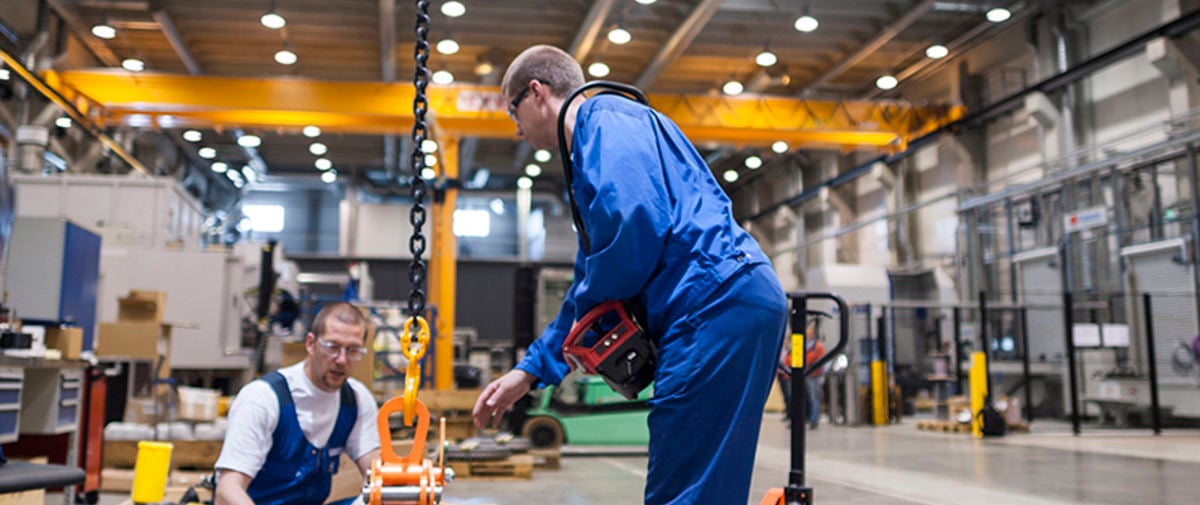Overhead crane hoists are typically designed to lift objects vertically. Sometimes, however, operators attempt to make a side pull, or use the hoist horizontally to lift an object that is not directly underneath it. Konecranes’ Side Pulling Prevention Kit is designed to increase both the safety and lifetime of crane components.
Side pulling can cause damage to various hoist parts – the rope drum, rope guide and the rope itself. Additionally, it may place the operator and personnel working near the crane at risk for injury.
“One of the main risks for an operator is load swing, which can damage the load or cause injury to the operator. In extreme cases, there might be a load drop,” says Anton Shcherbakov, Development Engineer, Asset Intelligence Development at Konecranes. A rope that has been worn by side pulls may also snap and lead to a loss in control of the load.
Preventing side pulls could lead to increases in both the safety and the lifetime of the components.
The unfortunate prevalence of side pulling-related accidents and maintenance needs spurred the development of the Side Pulling Prevention Kit. “The Side Pulling Prevention Kit is intended to protect the crane from the harmful effects of side pulls; side pulls cause wear to components, so preventing it could lead to increases in both the safety and the lifetime of the components,” says Jukka Paasonen, Director, Global Technical Support and Quality in Service at Konecranes.
The mechanism is quite simple: When the Side Pulling Prevention Kit’s inclinometer detects the rope angle to be over the set limit, it will prevent hoisting and emit a warning sound and light to indicate the operator is trying to lift outside the set load angles. The operator must then correct the position of the hoist before lifting can continue.
The Side Pulling Prevention Kit can be installed on existing cranes that meet the limitations. “It’s an easy mountable solution that is designed to improve safety and reduce maintenance costs caused by incorrect crane operations,” adds Paasonen.
Key Advantages
- Designed to improve safety for both personnel and equipment
- Intended to reduce overall maintenance costs and increase lifetime of crane components
- Inexpensive and easy mountable solution for both new and existing cranes
Text: Pauliina Männistö
Image: Konecranes
Expert spotlight
Anton Shcherbakov
Anton Shcherbakov is Development Engineer at Konecranes’ Asset Intelligence Development. He mainly works with pre-engineered modernization products that are designed to improve the safety and productivity of cranes and to extend their service life.
Jukka Paasonen
Jukka Paasonen is responsible for Global Technical Support (GTS) and Quality in Service at Konecranes. The GTS function also includes technical training and documentation development as well as data digitalization and archiving.
